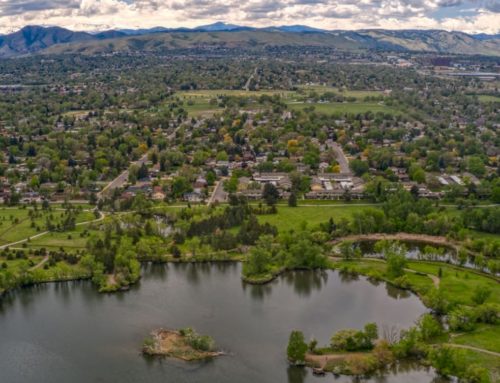Towns, cities, and counties throughout the United States are realizing the benefits of GIS today more than ever before. GIS is no longer a nice option to have within local government; it has become an essential tool to improve workflows and provide staff with the resources needed to get the job done. This was no different for Bossier City, Louisiana.
The Public Utilities Department at the City knew there was a better way to track their assets and manage their field crews and work orders. The answer was GIS. The City contracted Geographic Technologies Group (GTG) to perform a GIS Strategic Assessment within the Public Utilities Department. The department understood that paper work orders and piece meal GIS was not the best way to manage the department as a whole. They also recognized that to reach their goal of a digital environment would not be an overnight task and would require a detailed game plan.
GTG visited the Public Utilities Department and spent time interviewing each division to document their current workflows and processes. This included documenting existing GIS usage as well as potential uses for GIS within the department. The staff were excited to see the Esri tools that could be used within their daily workflows and were quick to offer up requests for new functionality and ways to improve their day-to-day activities. Following the interviews with each division, GTG met with City IS staff to identify potential network bottlenecks or hardware concerns. This allowed GTG to discuss the initial needs with the City to determine what was feasible and what should be reconsidered, ensuring that the GIS Strategic Assessment outlined a game plan that was attainable and could be followed over the next three years.
Once all of the onsite interviews were complete, GTG developed a GIS Strategic Assessment that covered all aspects of a successful GIS deployment, including governance, data and databases, IT infrastructure, training and education, and a three year tactical plan to accomplish all of the recommendations. It is important to discuss each of these components not only when building a new GIS, but anytime a GIS is evaluated. Each of these components can be seen as a puzzle piece and each is required to complete the puzzle. Once the GIS Strategic Assessment was complete, GTG returned to the City to review each of the components with Public Utilities and IS staff. GTG documented the steps that need to occur to take the Public Utilities Department from a paper based work order system, to a GIS centric work order system. This included a cost schedule over the next three years documenting what will need to be purchased, what data will be needed to support the system, and what training will be required for all of the staff.






